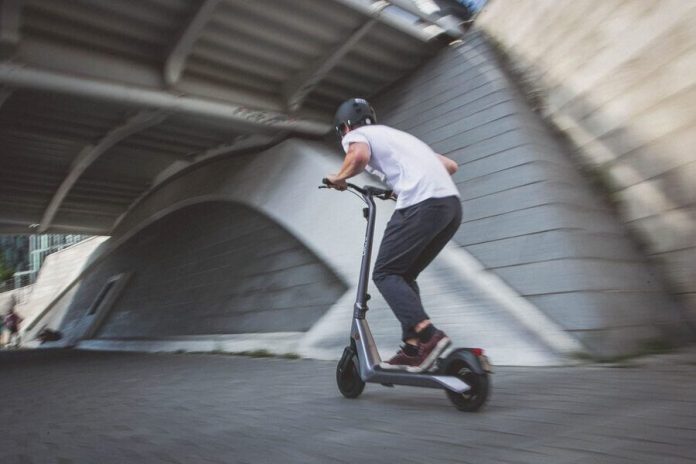The Ministry of the Interior has sent a proposal for amendments to the Law on Road Traffic Safety, which, among other things, regulates the traffic of electric scooters and increases penalties for unadjusted speed, writes Tportal.
Due to the increased presence in traffic of scooters and similar electric vehicles, the Ministry of the Interior decided to legally regulate their traffic. In the practice so far, people who ride an electric scooter, electric unicycle or segway have been treated as pedestrians. However, the advent of electric scooters and similar vehicles developing higher speeds has necessitated stricter regulation of their traffic, as other European countries have already done.
The new group of vehicles is defined by law as personal vehicles without a seat, whose engine displacement does not exceed 25 cm³ or whose permanent power of the electric motor is not stronger than 0.25 kW and which cannot develop a speed higher than 25 km / h on a flat road, that is, whose maximum design speed does not exceed 25 km / h. These are vehicles that cannot be balanced on their own, motorcycles with motor or electric drive, scooters with motor or electric drive and similar vehicles.
As far as traffic rules are concerned, personal transport drivers are largely equated with cyclists. They must move along the bike path or bike lane, and if they do not exist, as close as possible to the right edge of the roadway. But unlike cyclists, they are not allowed to move on the pavement. In the event of reduced visibility, they must wear reflective vests or other reflective markings, and drivers under the age of 16 must wear a safety helmet. In the absence of a cycle path, drivers of personal vehicles may move in areas intended for pedestrians and in calm areas, provided that they do not move faster than the average speed of human walking, taking into account the safety of other road users.
Another important legal change that primarily affects motor vehicle drivers is the increase in the fine for unadjusted speed, which is usually imposed in traffic accidents when it is determined that the driver has not adjusted the speed to the road conditions. With the explanation that unadjusted speed is still one of the most common causes of traffic accidents, the legislator decided to double the said fine and it will in the future amount to HRK 1,000 (instead of the current HRK 500), or half of that amount (HRK 500) if paid within three days from the commission of the offense.
A new term is being introduced into the law, which means a fully automated vehicle, ie a vehicle that can move on the road without the presence of a driver. But at the same time, a sanction is introduced for drivers of vehicles with built-in driver assistance systems (partially automated vehicles) who abuse the built-in systems in such a way that they do not sit behind the wheel of the vehicle while driving and are unable to react in unforeseen cases. A fine in the amount of HRK 3,000 to 7,000 is envisaged for such offenses that can lead to accidents with the most serious consequences.
The amendments simplify the rules for emergency medical examinations in order to reduce the administrative and financial burdens on drivers, doctors and police administrations. Namely, according to the new law, drivers who have temporary health difficulties will not have to undergo an extraordinary medical examination. One of the novelties is the abolition of license plates with red and green numbers and letters, for which, according to the Ministry of the Interior, there is no need from the aspect of traffic safety, writes Tportal.










